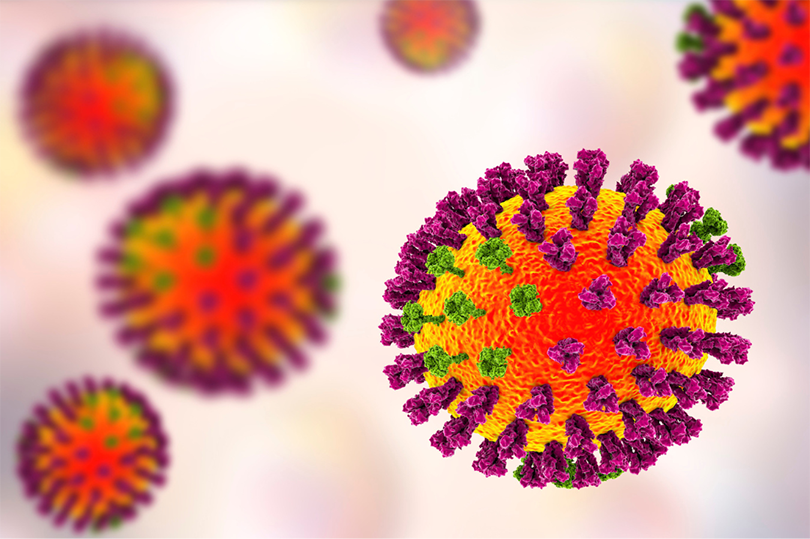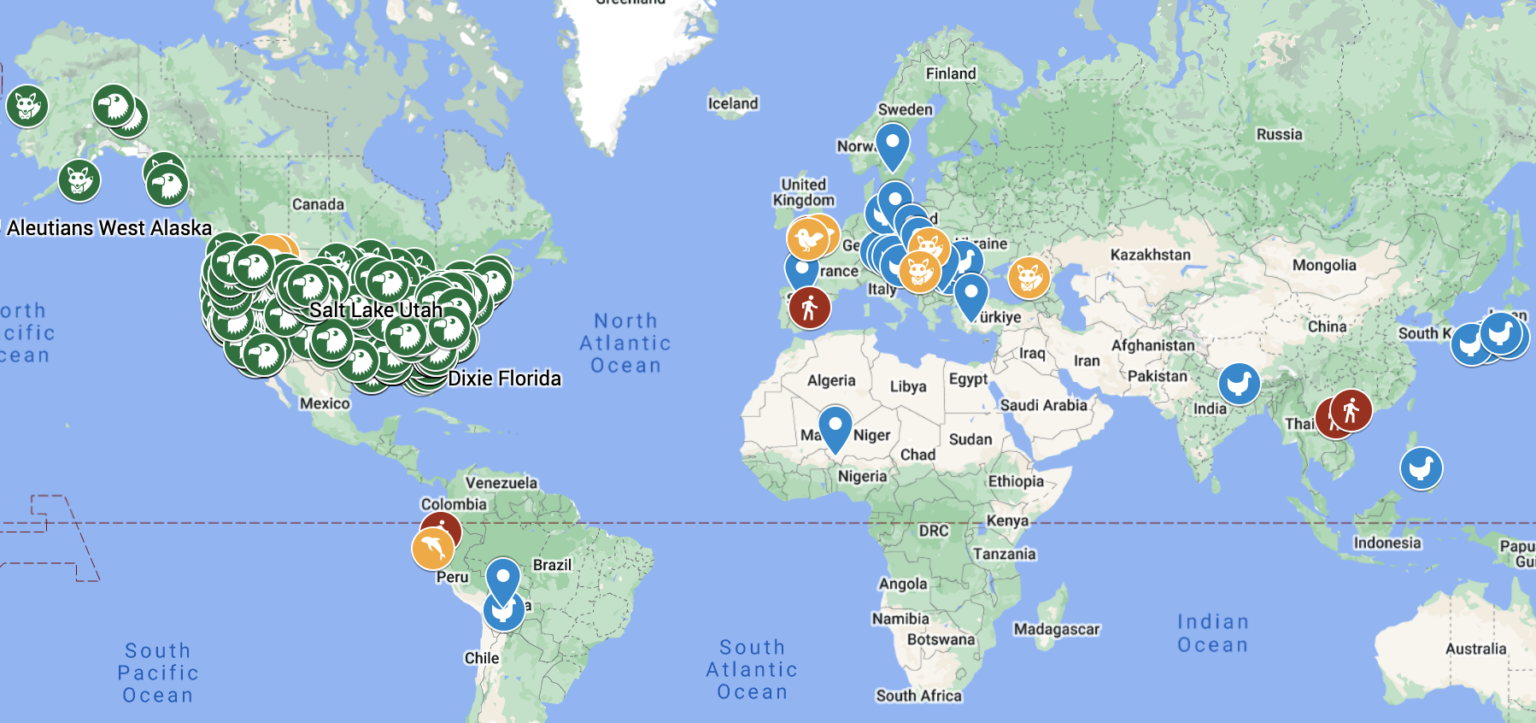H5N1 (Avian Influenza)
Explore
Discover comprehensive information and resources on HPAI H5N1 (Avian Influenza), including updates, situational reports, news, and published research. Explore this page to stay informed about the latest developments and insights HPAI H5N1.

About HPAI H5N1
Explore
The GCHS, in collaboration with the Region VII Disaster Health Response Ecosystem (R7DHRE) conducts biweekly meetings with local and state public health and healthcare representatives. These meetings focus on reviewing and discussing recent developments related to current infectious disease challenges. Dr. James V. Lawler, MD, MPH, FIDSA, presents comprehensive updates on data and advancements at local, state, national, and international levels. Additionally, regional experts offer insights into current outbreaks and clinical situations within Region 7. Register here.
